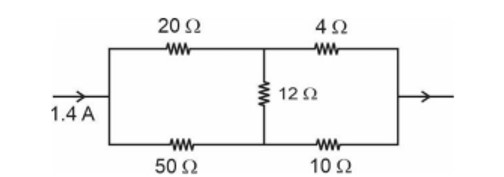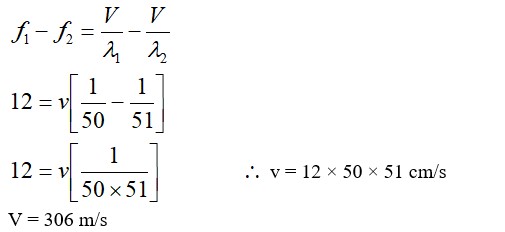Class 12th
Get insights from 12k questions on Class 12th, answered by students, alumni, and experts. You may also ask and answer any question you like about Class 12th
Follow Ask QuestionQuestions
Discussions
Active Users
Followers
New answer posted
a month agoContributor-Level 10
One rule to think here is that electric charge is a scalar quantity. It has magnitude. It has both positive and negative signs, based on the direction it is forced to move in an electric field. Mass is always positive, on the other hand. So when you add mass, it never becomes zero.
New answer posted
a month agoContributor-Level 10
No, the system can still have charges inside. The overall charge is zero only because the total positive charge will cancel out the total negative charge inside. This directly follows additivity of charge rule. The positive and negative charges are the algebraic sum of each other.
New answer posted
a month agoContributor-Level 10
Yes, an insulator can begin to conduct electricity under highly extreme conditions. Too strong of an external electric field can be applied across an insulator, which can let it pull electrons away from their atoms. That frees them to conduct electricity. This phenomenon is known as dielectric breakdown.
New answer posted
a month agoContributor-Level 10
Distilled water is one of the best examples of an electrical insulator. Very few ions are free and they are not enough to carry charge. But, if you look at tapwater or saltwater, it can be an effective conductor, as these liquids have dissolved salts and minerals acting as mobile charge carriers. They allow electricity to flow.
New answer posted
a month agoContributor-Level 10
The conductor needs to be in electrostatic equilibrium for the electrostatic field to become zero inside it. Any conductor will have electrons or electric charges that are moving freely inside the substance. When you apply an external electric field, these free electrons will redistribute until the time the internal field they create begins to cancel out the external field. That's why the total or net electric field inside the conductor becomes zero.
New answer posted
a month agoContributor-Level 10
When positive charge moves from low potential to high potential region, work is done against electric field and potential energy increases.
Taking an Exam? Selecting a College?
Get authentic answers from experts, students and alumni that you won't find anywhere else
Sign Up on ShikshaOn Shiksha, get access to
- 65k Colleges
- 1.2k Exams
- 678k Reviews
- 1800k Answers





